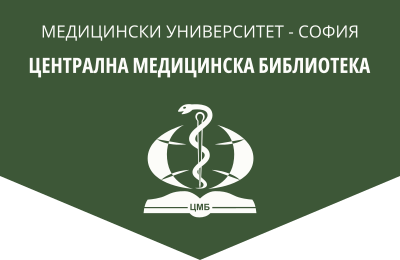Polypharmacy and cancer. Multiple skin cancers within antihypertensives intake: the link between drug-related phototoxocity/photocarcinogenicity and the nitrosamine contamination
Medical Review (Med. pregled), 2025, 61(5), 52-57.
G. Tchernev1,2, S. Khanom1, S. Kordeva1,2
1 Onkoderma – Clinic for Dermatology, Venereology and Dermatologic Surgery – Sofia
2 Department of Dermatology and Venereology, Medical Institute of Ministry of Interior – Sofia
Abstract. The development of skin cancer occurs through the generation of phototoxicity, and over time, the so-called cumulative phototoxicity leads to photocarcinogenicity and skin cancer. Most of the so-called nitrosamines are carcinogens, mutagens and genotoxic substances, but so are also photocarcinogens. The photocarcinogenicity of these substances is mainly mediated and determined by the instability of their nitroso group under the influence of sunlight. Regulatory bodies in the face of the FDA and the ЕМА declare between 2018-2025 about 300 of the most commonly distributed drugs worldwide to be affected by contamination with photocarcinogens/ mutagens or the so-called nitrosamines. A number of international scientific papers have found an association between the intake of potentially photocarcinogen-contaminated drugs and the incidence of (but not limited to) skin cancer: melanoma and keratinocyte cancer. We present a patient who developed 4 keratinocytic tumors and one cutaneous melanoma in the neck area on the background of taking systemic amlodipine, metoprolol (for 40 y) followed by lisinopril and torasemide (less than a year). All 4 of these drugs are on the FDA list of potentiated/actual contaminated drug production, having relatively low carcinogenic potency. Based on their photocarcinogenic potency, the role of drug-mediated Photo Nitroso Carcinogenesis/ Oncopharmacogenesis of skin cancer is commented. These are newly introduced terms in the medical literature that currently redefine skin cancer pathogenesis. Successful treatment of these tumors by means of double rotation flap for the scalp lesion as well as extension flap in the neck area remain a good situational option or temporary solution to the problem. Continued intake of nitrosamine-contaminated drugs remains a serious prerequisite for the generation of new skin cancers as well as multiple ones in areas exposed to ultraviolet radiation.
Key words: oncopharmacogenesis, drug mediated nitrosogenesis, phototoxicity, melanoma, basal cell carcinoma, squamous cell carcinoma, torasemide, lisinopril, metoprolol, amlodipine, Photo-Nitroso-Carcinogenesis
Address for correspondence: Prof. Georgi Tchernev, MD, e-mail: georgi_tchernev@yahoo.de
